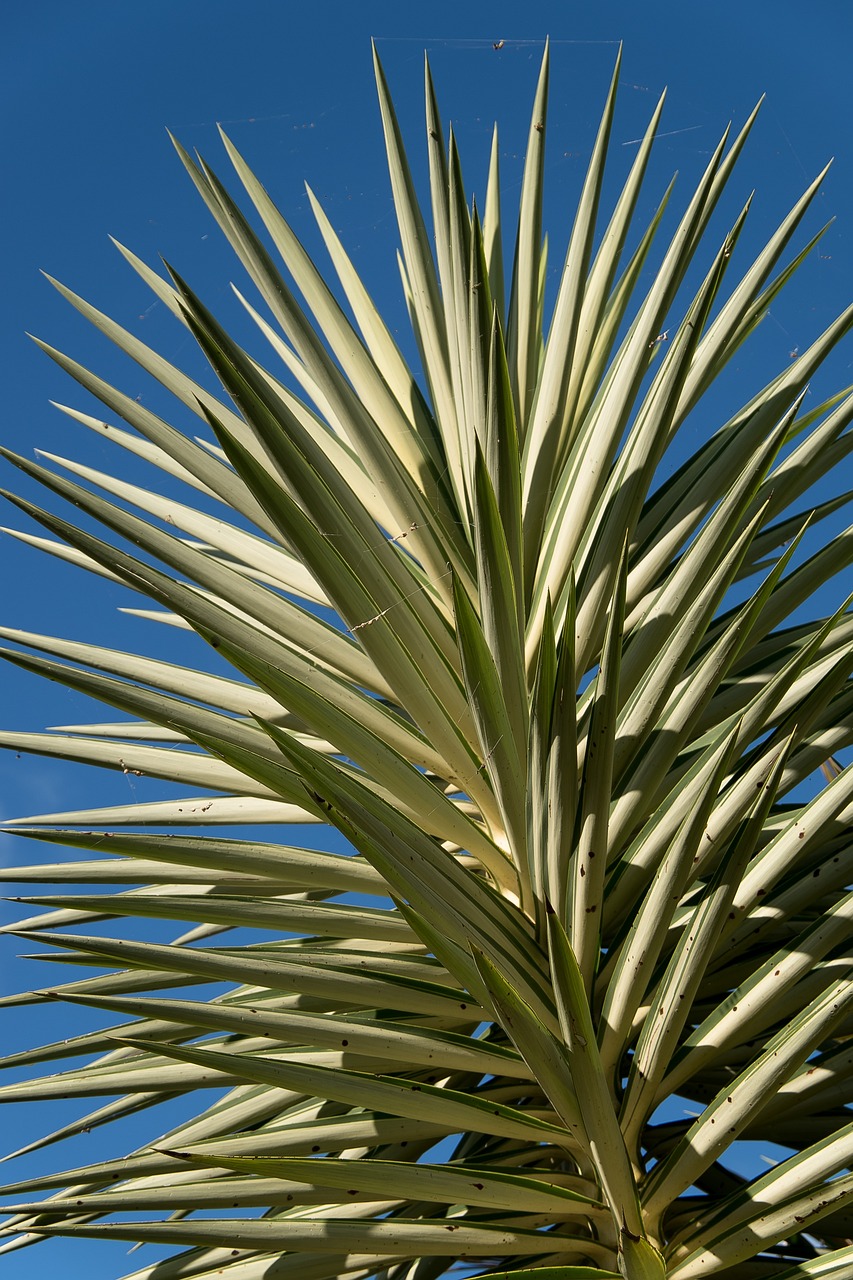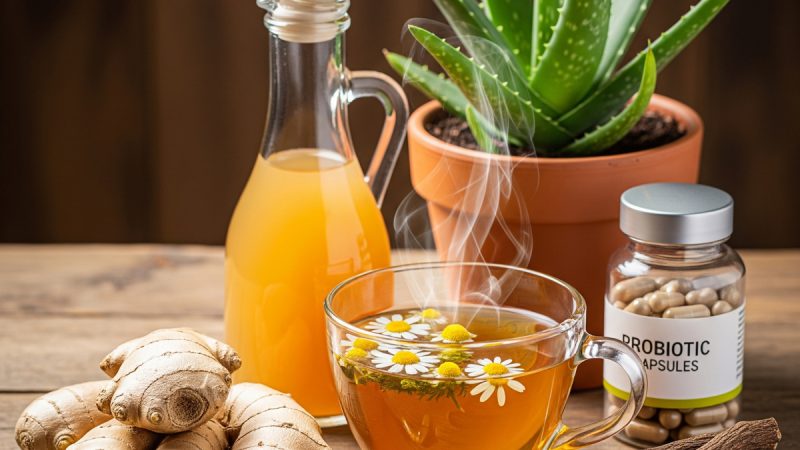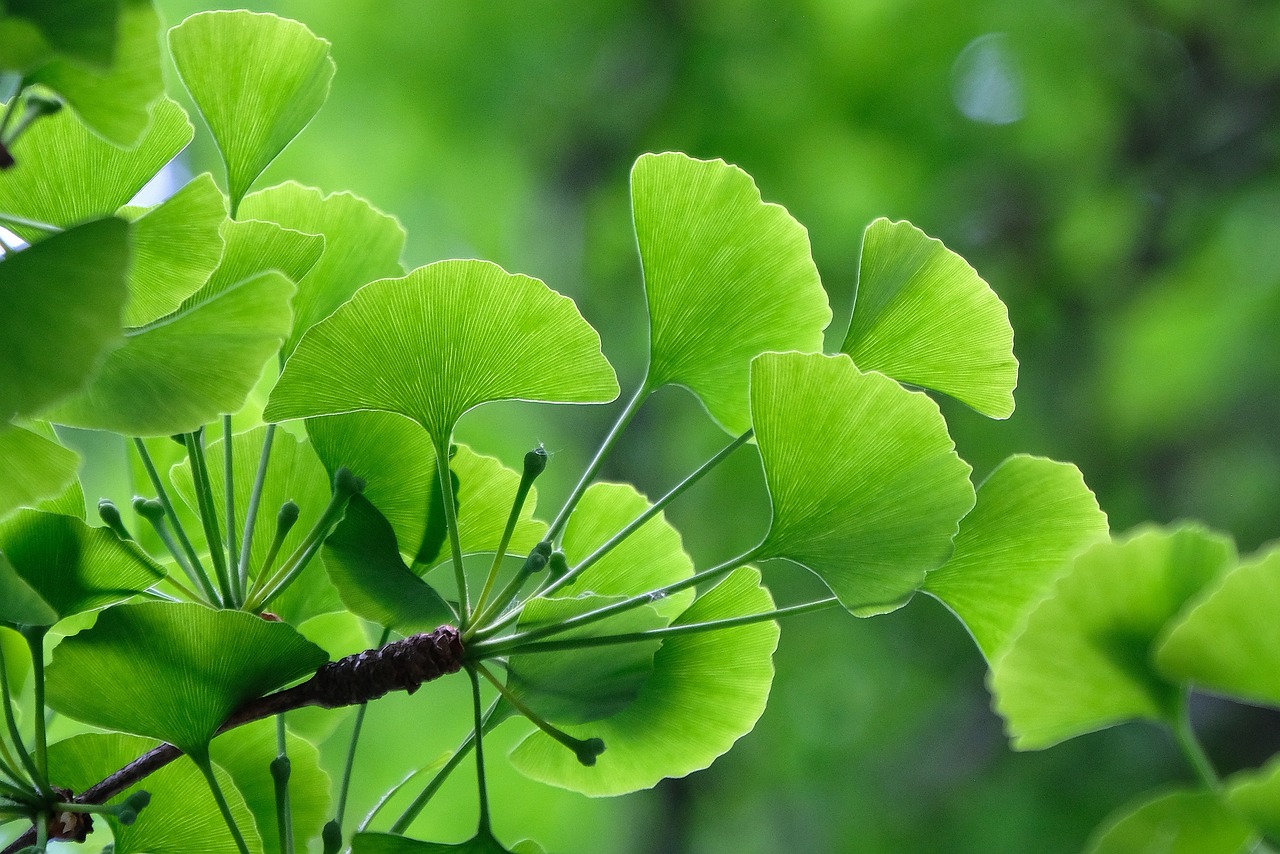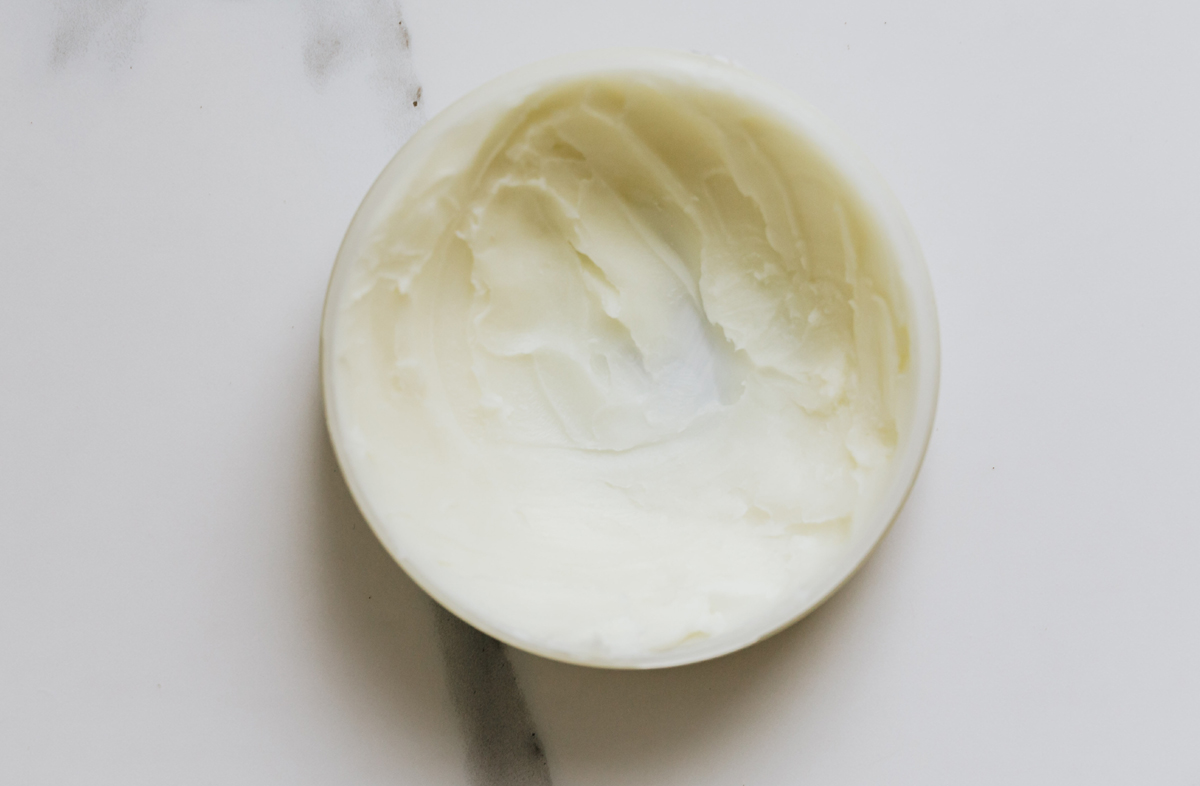Yucca: A Natural Pain Reliever

Yucca, known for its natural healing qualities, is a plant name that refers to a wide variety of botanical life. There are 40 to 50 varieties that we know about. They grow as perennials, shrubs, or trees. Some species are known to grow to heights of 10 to 13 feet. The plant belongs to the Agavaceae family that is known for its rosettes, which are evergreen, tough, and have sword-shaped leaves. Yucca is also known for its clusters of white flowers. You can usually see a flower stalk that grows out of the center of the Yucca plant. It is anywhere between 3 and 5 feet in length, and also has flowers that look like lilies.
The Yucca grows in hot and arid regions, and is native to Central and North America, and the West Indies. People have been using it for medicinal purposes in these regions for a long time. The remedial part of this plant is its roots, and it is from this part that the plant’s contents are extracted. There are different methods that people have applied to draw out the Yucca’s medicinal contents. However, the most common method is to boil the roots, which helps to make a tea.
As well as traditional treatments, yucca has also been used modern medicine. The main healing power comes from its roots. They are rich in steroid-like substances (saponins), which are important chemicals for increasing cortisone in your body. The level of this chemical increases the strength of your anti-inflammatory mechanism. This is why it helps to treat arthritis, rheumatism and joint pain.
Yucca roots also help to purify your blood through cleaning your kidneys and liver. These roots are also rich in important vitamins like vitamin A, B-complex, and C. They are also a good source of important minerals like manganese, potassium, copper, calcium, magnesium, phosphorus, selenium, sodium, zinc, iron and silicon. They also supply you with fiber. Herbalists say that you can boil the roots of this plant to make a tea that would contain all its nutritional and relieving ingredients. Alternatively, you can grind the root into powder and consume it orally.
By using Yucca roots in either of these forms, you can benefit considerably from it. The plant has ingredients that have been used for reducing stress. You can also use it to decrease toxins in your digestive system, which means that it improves digestion, too. It has also been used to relieve asthmatic problems and migraine.
Indeed, tea made from this plant can be used on a daily basis to keep you healthy and prevent various ailments. With having such pain and discomfort relieving qualities, it is no wonder that we have been using Yucca as a form of medicine for centuries, nor is it surprising that it continues to be a popular natural alternative to pharmaceuticals.
The Author:
Jeff Taylor works in the field of wellness and alternative medicine.
Photo. sandid
Source: Ab









You don’t extract from the yucca root, you eat the root. At least that’s how my family and I have been doing it for many generations. You can boil it, (after peeling the skin like a potato), drizzle some olive oil, salt to taste and eat. Or in some restaurants, they make an olive oil and garlic based sauce and mix the boiled root with the sauce. Trust me, I’ve been eating yucca for over 30 years. It tastes great. And come to think of it, the only time I’ve been to a hospital for anything other than fractured bones, was when I was young and had bronchitis or anemia. And that’ was years before eating yucca.